Paso Robles reduces riverbed fires by nearly 50%. Here’s how the city did it
Wildfires in the Salinas River riverbed have dropped by nearly 50% thanks to a comprehensive fire suppression strategy that includes using hundreds of goats and sheep to clear brush, according to Paso Robles Fire and Emergency Services.
From January to August, the agency reported 20 fires in the Salinas riverbed, compared to 44 fires during the same time frame in 2022.
That’s a 46% decrease year-over-year, Paso Robles Fire Battalion Chief Jay Enns said.
In recent years, Paso Robles Fire and Emergency Services has worked to significantly reduce the dense, dry vegetation and brush that transformed the riverbed into a potential tinderbox after years of drought.
The agency was authorized under a 2019 emergency order to remove about 86 acres of vegetation along the riverbed.
After the 15-acre River Fire destroyed two homes in a Paso Robles neighborhood near the riverbed in 2020, it became clear that more drastic fire suppression measures were necessary, Enns said.
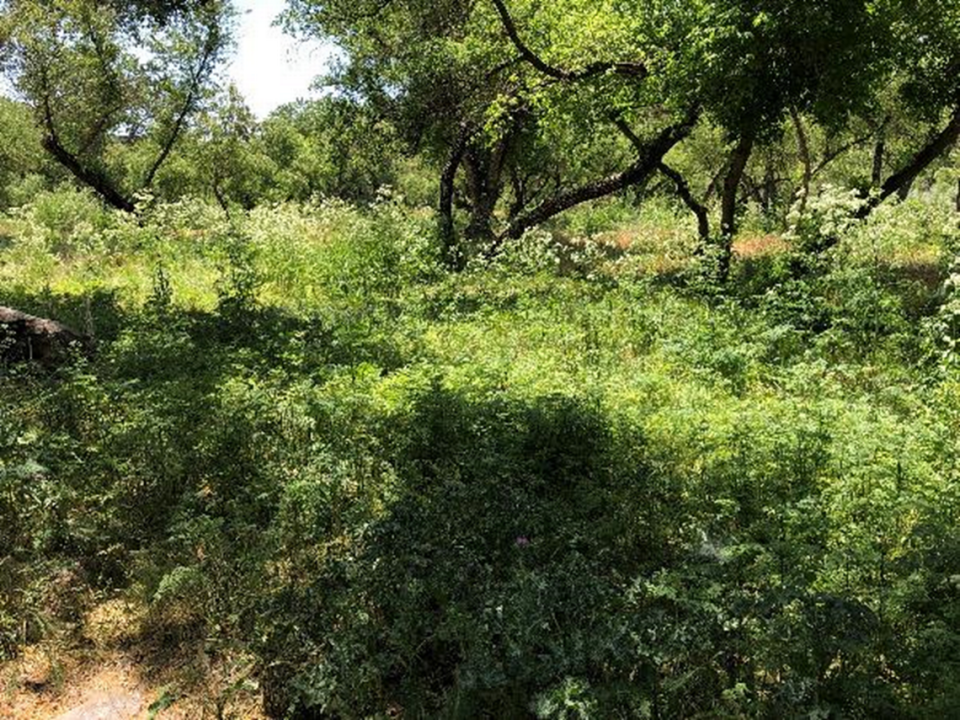
“We recognized the importance of it for Paso Robles, for our community, so we stuck with it so we could get it in place to have a long-term plan,” Enns said.
Because that meant significantly altering the landscape, the California Department of Fish and Wildlife and other regulatory agencies had to approve the plan before fire suppression efforts could begin in earnest, Enns said.
“It makes it difficult,” Enns said of the regulatory hurdles. “You can’t just go in there and do what you want to do. You have to do it in such a way that it’s responsible but still balancing the risk to the community.”
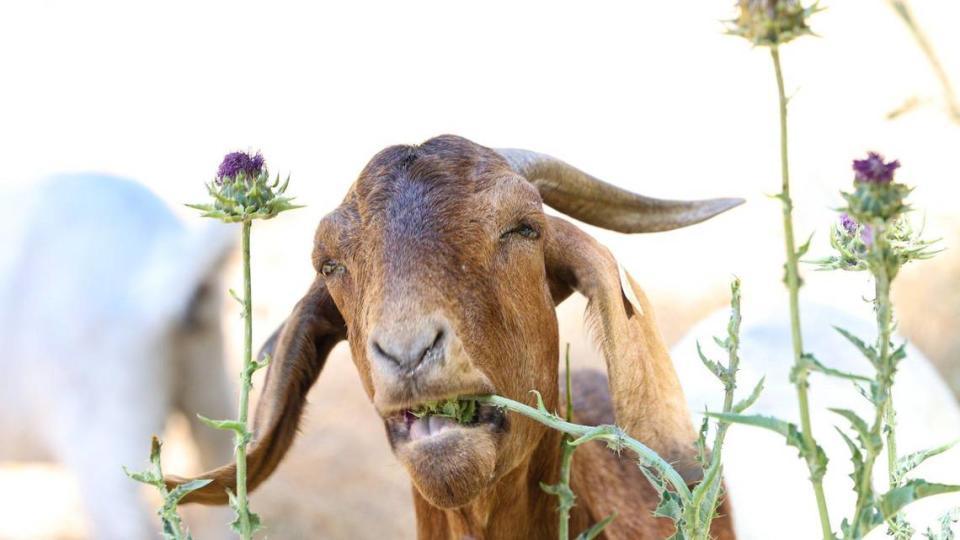
Goats, sheep graze in Salinas River riverbed
First Paso Robles Fire and Emergency Services established fire breaks along the east and west side of the Salinas River riverbed, Enns said.
In 2021, Paso Robles firefighters thinned dead and downed vegetation and removed tree limbs using equipment such as chain saws, he said, but greater efforts were needed to eliminate the dry annual grasses that fuel wildfires.
State Fish and Wildlife approved Paso Robles’ fire suppression strategy, known as a lake and streambed alteration agreement, giving local firefighters the green light to clear vegetation along 430 acres of the Salinas riverbed.
The agreement permits goats and sheep to graze on the vegetation along 100 acres of the Salinas riverbed each year.
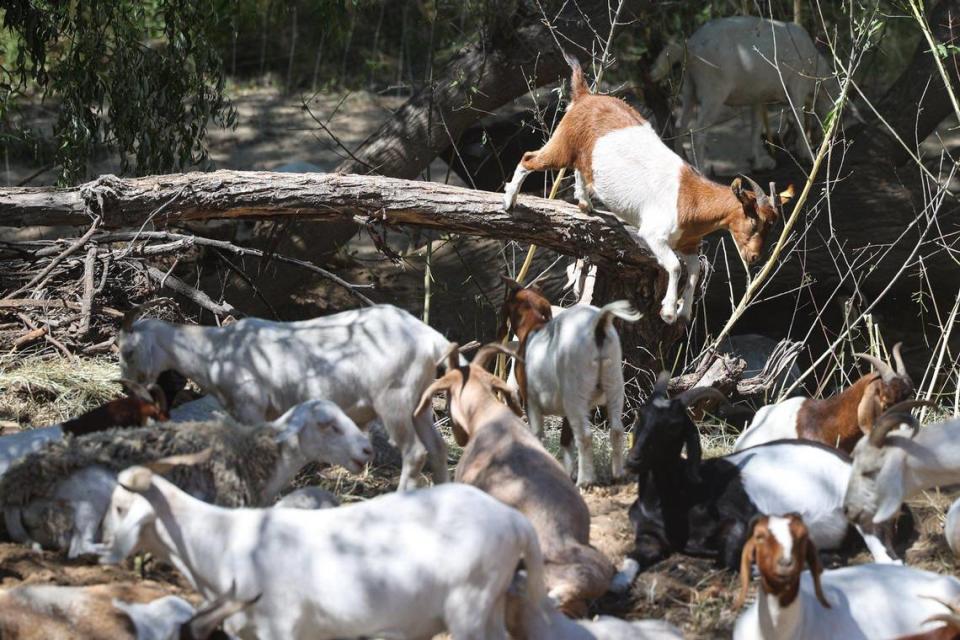
However, the livestock aren’t simply allowed to roam loose in the riverbed, Enns said.
The livestock, which are provided through a contract with San Luis Obispo company The Goat Girls, are corralled in pens of about 2 to 3 acres built using temporary electrical fencing to maximize the grazing in a particular area.
The herd is constantly being rotated.
Enns estimates that about 750 goats and sheep were deployed to the riverbed during the most recent spring grazing season.
“It’s just a way of managing the grazing: Doing it in smaller sections and moving them more often gives the best control over how they graze and minimizes some of the impacts of grazing,” The Goat Girls owner Beth Reynolds told The Tribune in 2022. “We move them every 12 to 24 hours. With that kind of regimen they’re grazing and they’re also trampling. If we do a really big area, then it’s not as uniform and they don’t knock down as much.”
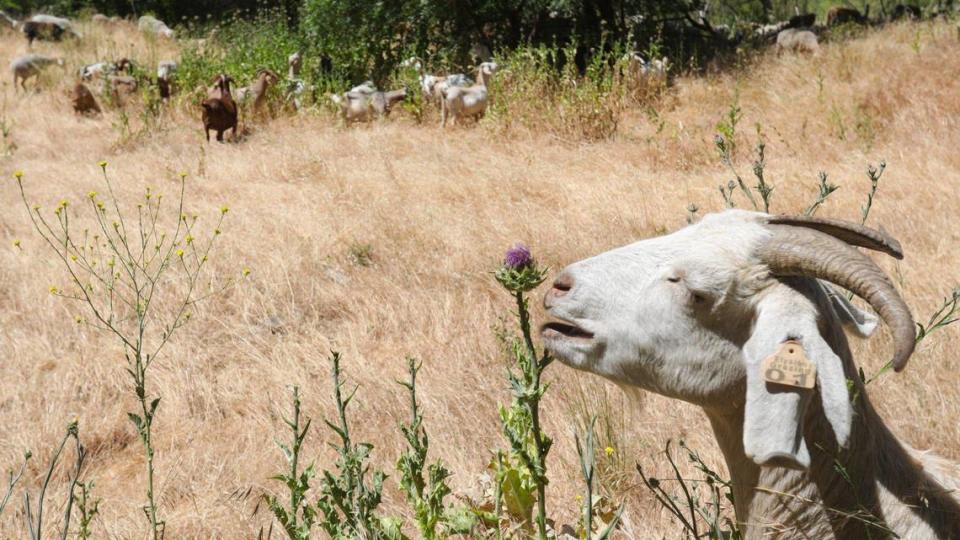
The areas grazed by the goats and sheep established fuel breaks to slow the spread of fire along the Salinas riverbed, Enns explained.
“We leave the middle of the river corridor untouched and then we clean up the established fire breaks,” Enns said.
As a result, he said, “We have a good safe space to engage the fire.”
“The fire intensity really drops and makes it more manageable,” he said.
According to Enns, the 20 fires that broke out in the riverbed so far this year were suppressed quickly and safely.
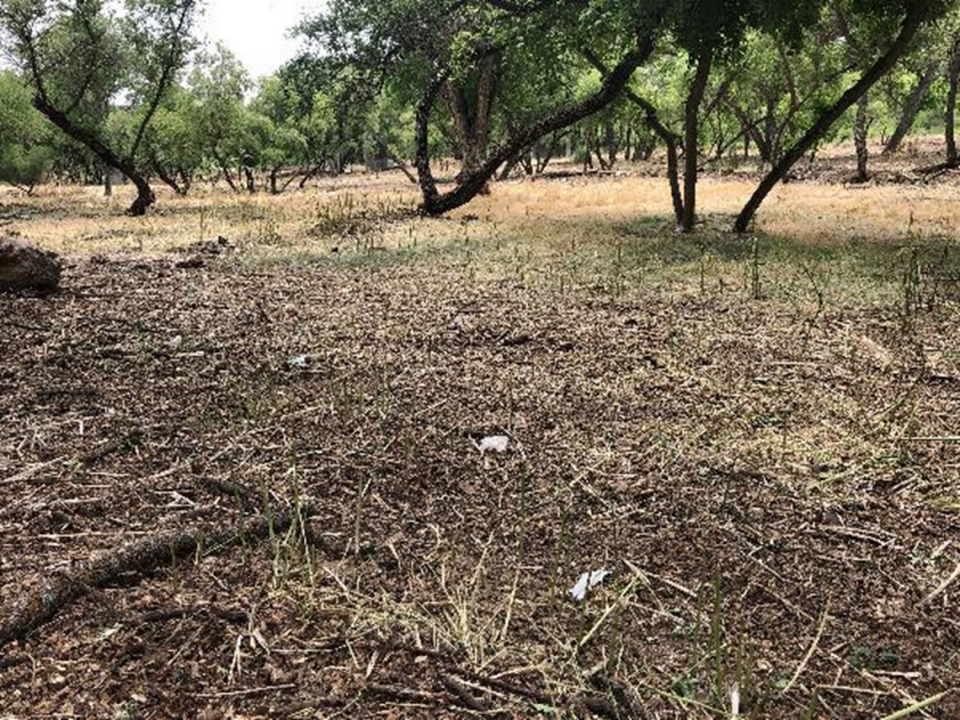
What about homeless encampments?
Another fire suppression effort involves outreach to unhoused community members, Enns said, noting that the Salinas riverbed is a popular area for unpermitted encampments.
The Paso Robles Police Department’s Community Action Team visits the Salinas river daily to educate homeless campers about the dangers of starting fires in the riverbed and to clean up any trash and debris left behind, he said.
“Not having large accumulations of trash has contributed to a reduction in the number of fires as well,” Enns said.

